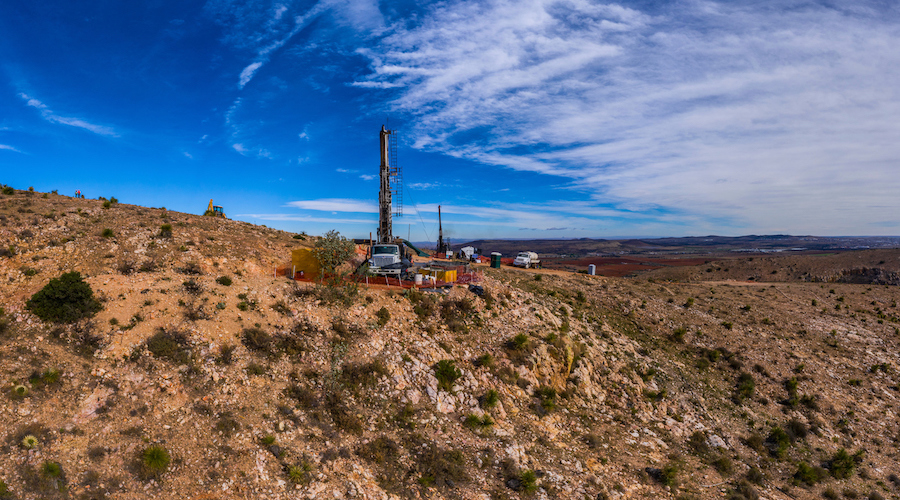
“This is directly related to knock-on effects of the pandemic on the CFE’s operations, predominantly related to a lack of CFE staff which limits its ability to oversee three key tasks to review the existing installation, supervise physical connection to the active power grid, and approve required blackout prevention devices,” the press brief states. “As operator, Fresnillo will continue to engage closely with the CFE and ‘El Centro Nacional de Control de Energía’ (CENACE) to do all that it can to expedite these necessary approvals.”
According to the miner, although there is still uncertainty regarding the timing for connecting the Juanicipio project to the power grid, the current estimate is that full load commissioning activities will be approved sometime after the first week of May 2022.
In the meantime, stoping and mineralized mine development at Juanicipio will continue.
The company also said that to minimize any impact on future cash flow generation, it will make available any unused plant capacity at its Minera Fresnillo and Minera Saucito operations to process mineralized material produced at Juanicipio during this period and, if possible, it will match commissioning and ramp-up tonnages that were previously expected.
“We are very fortunate to be able to process mineralized material from Juanicipio through the excess capacity available at the Minera Fresnillo and Minera Saucito plants, which should minimize the economic impact of the electrical connection timing,” George Paspalas, president and CEO of Fresnillo’s project partner, MAG Silver, said in the release. “We look forward to the CFE resuming normal activities, so we can flip the switch on our plant.”
Juanicipio is located in Zacatecas, eight kilometres from Fresnillo’s namesake mine. Once operations ramp up, it is expected to produce 11.7 million ounces of silver and 43,500 ounces of gold annually over an initial operational life of 12 years.
Canada’s MAG Silver (TSX: MAG) holds a 44% interest in the project.




